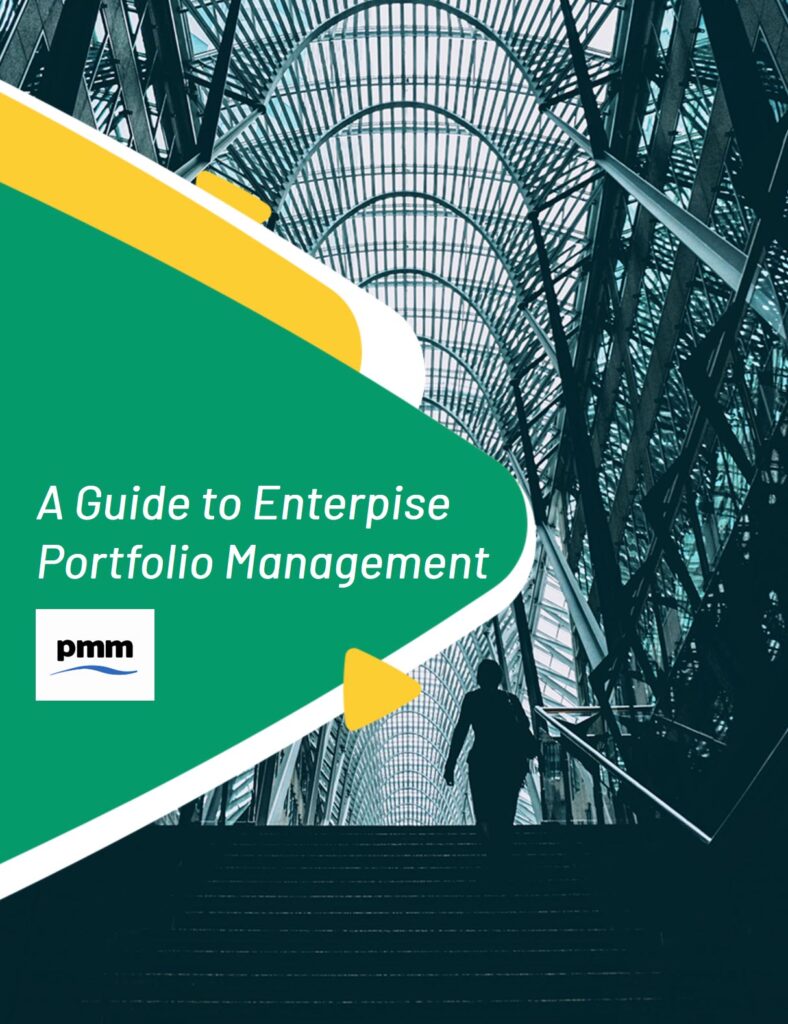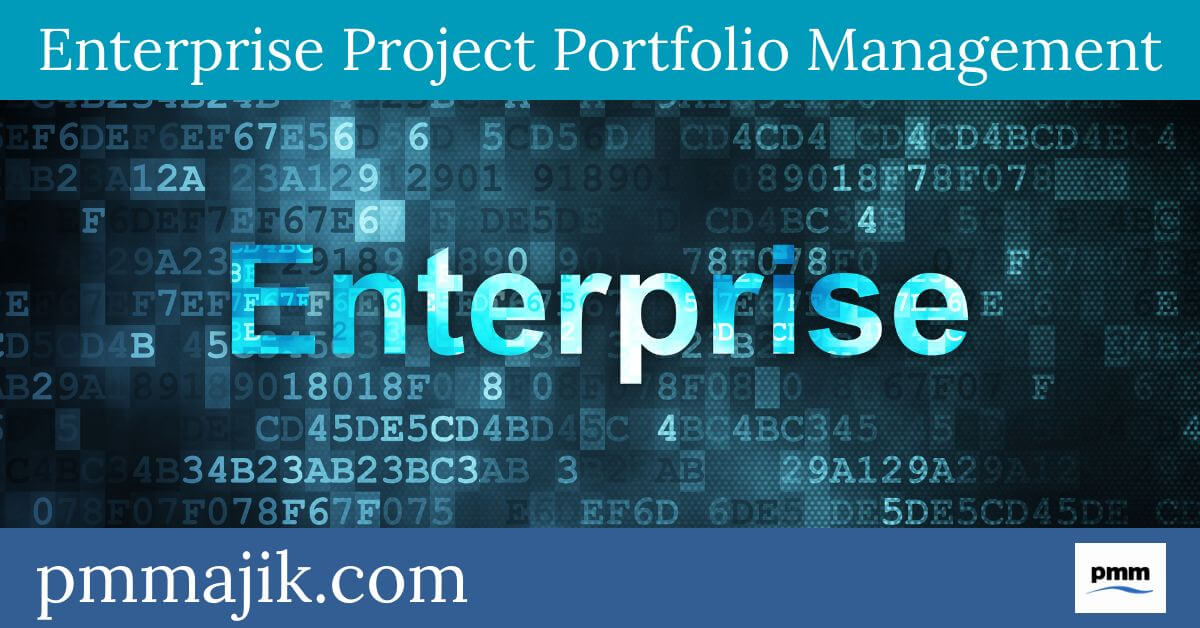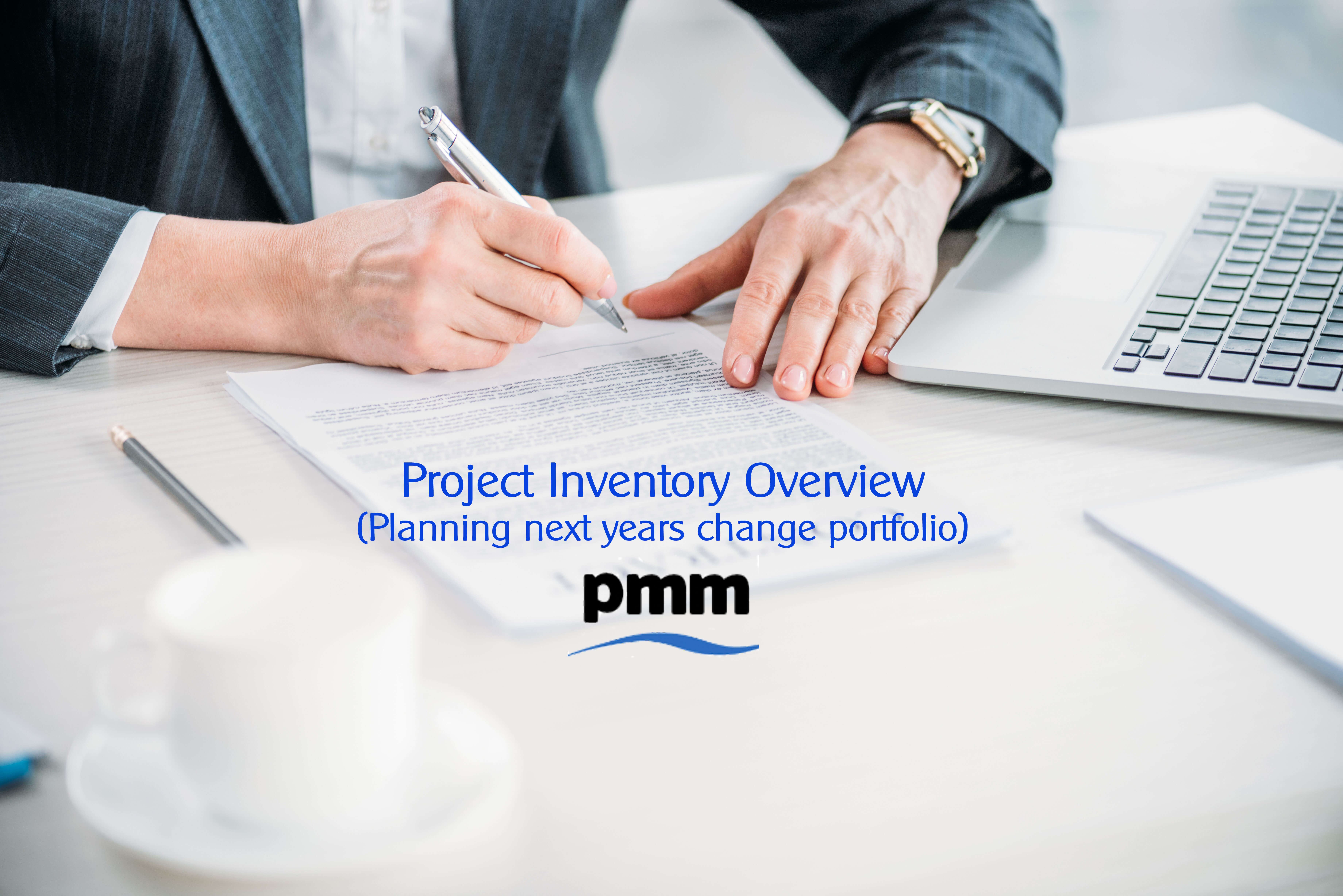Enterprise Project Portfolio Management (EPPM) is similar to Enterprise Project Management , in that it allows large organisations, with multiple projects, to manage their projects in line with their business strategy. It does this by grouping projects together into portfolios where their effectiveness, cost estimates and strategic alignment are analysed to optimise the probability of achieving the business objectives.
Why use Enterprise Project Portfolio Management?
There are a number of reasons why an organisation would choose to use EPPM to manage their projects more efficiently.
- Having a large number of projects occurring simultaneously, which don’t add value to the organisation.
- Having projects that don’t fit with the organisation’s strategic objectives.
- Experience of significant project delays which result in a delayed ROI
- Conflict of resources leading to bottlenecks in the process and delays to the project. Most commonly caused by assigning staff to simultaneous projects.
How to implement EPPM?
There are a series of prescribed steps to follow in order to implement EPPM.
Create a project inventory
To start the process, identify all of the proposed projects and their key information. Once identified projects should be categorised according to the organisation’s strategic objectives and whether they meet them. This is where the Project Management Office (PMO) can play a valuable role.
FREE Book of Work Template Download
You may find this Free template helpful, Project Book of Work Template Download .
Establish a strategy
The organisation’s business strategy should be set in stone before proceeding to ensure project alignment. It is also important to communicate the process for prioritising projects to ensure that a standardised approach is taken.
At this stage it may also be helpful to determine set answers for common questions which may be asked during the process. People are generally averse to change and so questions such as, “why are we doing this?” and, “how will this benefit us?” may crop up regularly during the implementation process.
Appoint an implementation team
Along with a governing body composed of senior management, the implementation team will also require a portfolio manager, and, perhaps most importantly, technical staff to facilitate the use of new systems.
Analyse each project
Each project needs to be evaluated, to identify the strengths and weaknesses of the project portfolio.
Determine milestones, projected ROI, resource allocation and reporting schedules and use the data to identify whether there is any duplication, or potential for projects to be combined.
At this stage it is important to compare the projected technical success of the project against its anticipated benefit, in order to assess the overall risk of the portfolio.
Perform an alignment analysis
This analysis will determine whether critical resources are assigned to critical projects, and whether those projects align with the organisation’s strategic objectives.
The guiding principles to determine alignment include the degree of strategic fit between the organisation and the portfolio; aligning projects to the strategic objectives in an economically sound way; the probability of the end product delivering the expected return and an evaluation of the risks associated.
Management
Now a project portfolio has been established, there must be careful management of resource and budget allocation, based upon the prioritisation identified in the previous steps.
This should be done in close collaboration with stakeholders to ensure that the result is a portfolio which features a healthy mixture of risk and reward that meets internal needs.
Test and adapt
Although every organization would like to get things right first time, this is unlikely to happen.
It is recommended that the EPPM process is tested with a select number of stakeholders initially to gain constructive feedback to improve the process.
Top tips for EPPM success
The implementation is now complete, but how can EPPM be made a success?
- Prioritise the identification of risks and remedies.
- Cancel projects that no longer align with the organisation’s strategy.
- Give team members freedom and flexibility by simplifying time and task management.
- Prioritise the capture of accurate data to facilitate decision making and compliance with regulatory requirements.
- Use the most appropriate tools and software to simplify the process and keep the project on track.
- Avoid micromanagement.
Challenges of EPPM
Like anything, EPPM has its challenges, particularly when large, often complex organisations are involved.
Complex governance
Portfolios often require a more complex management structure than a single project as they will usually have numerous stakeholders across a number of different departments.
Planning and Execution
Project portfolios require extensive administrative procedures, a high level of coordination and effective leadership skills as tasks run in parallel.
Financial Management
There can be more room for error in the authorising, recording and reporting of financial analysis when tracking and analysing large portfolios. Strictly conforming to financial regulations is therefore a necessity.
In an environment where projects compete for priority and often limited resources, Enterprise Project Portfolio Management can help to slimline and prioritise which projects are added to an organisation’s portfolio and the order in which they are undertaken.
Having a handle on this can help to boost the organisation’s ROI and remove inefficiencies, along the organisation to focus on their strategic objectives.
Skill Mismatch
When an organisation embarks on a journey to adopt an Enterprise Portfolio Management approach, it is important to consider the skills of the project team. The shift may be a big step if the organisation operates a more traditional PMO.
It is important to consider what training can be made available to upskill the project team. Likewise, do not overlook the leadership team so that they understand the approach and the value that it will provide.
Enterprise Portfolio Management eBook
If you would like a reference copy of this post in convenient eBook format, you can click on the image or the link below to download your copy.

If you find the resource helpful, please share with friends and colleagues who may have an interest in Enterprise Portfolio Management.
I would also be grateful if you could use the social media buttons to like or share the post. It only will take a moment of your time but, will encourage me to continue developing and adding content to the website.
Additional Resources
If you would like information on the execution of strategic and multiple projects, you may be interested in the blog post; “Overview Enterprise Project Management“.
Summary
By adopting an approach of Enterprise Portfolio Management, aligning projects to the strategic goals across the entire portfolio, using effective capacity planning, this should result in an increased ROI from the strategic initiatives.






